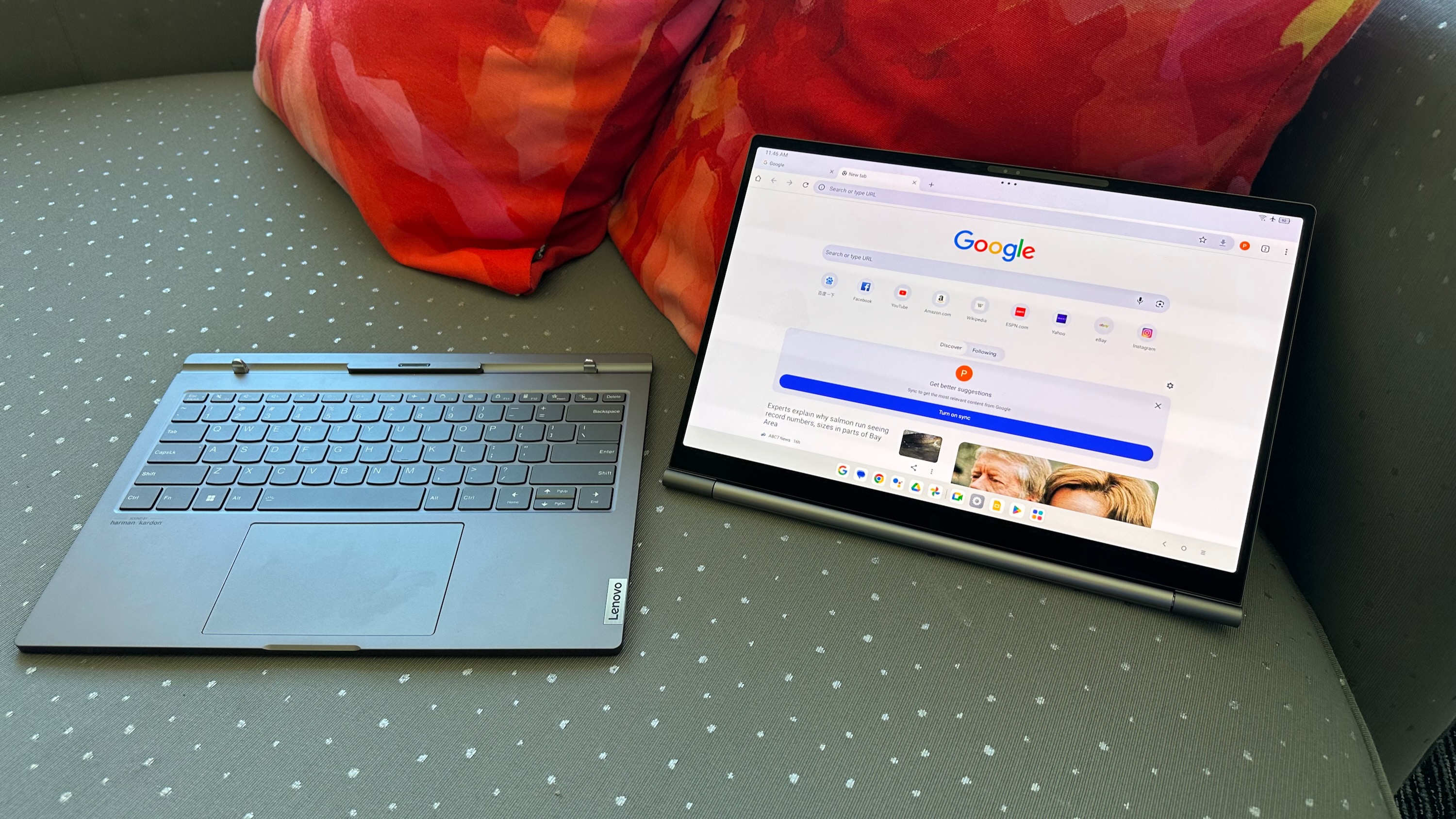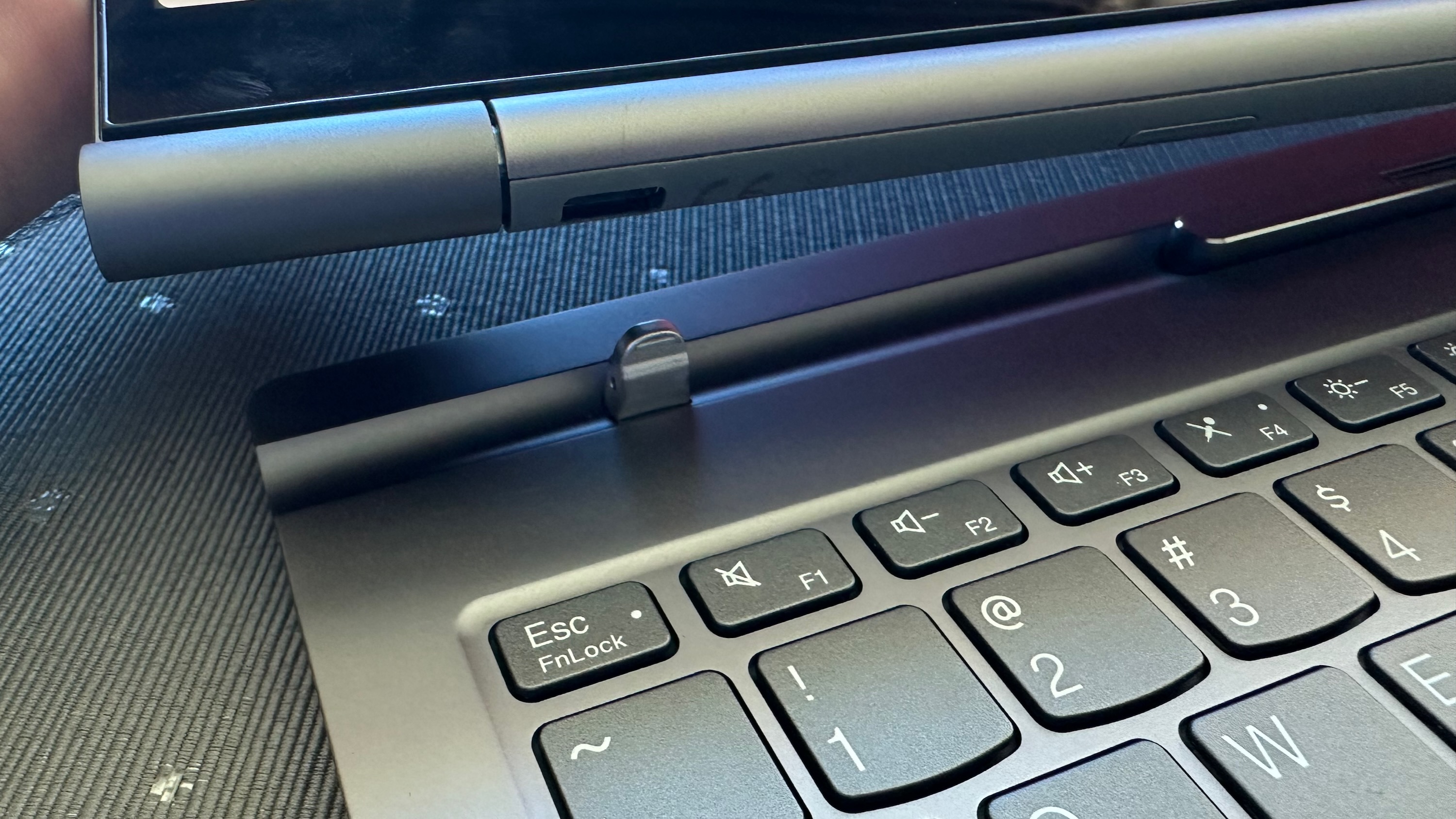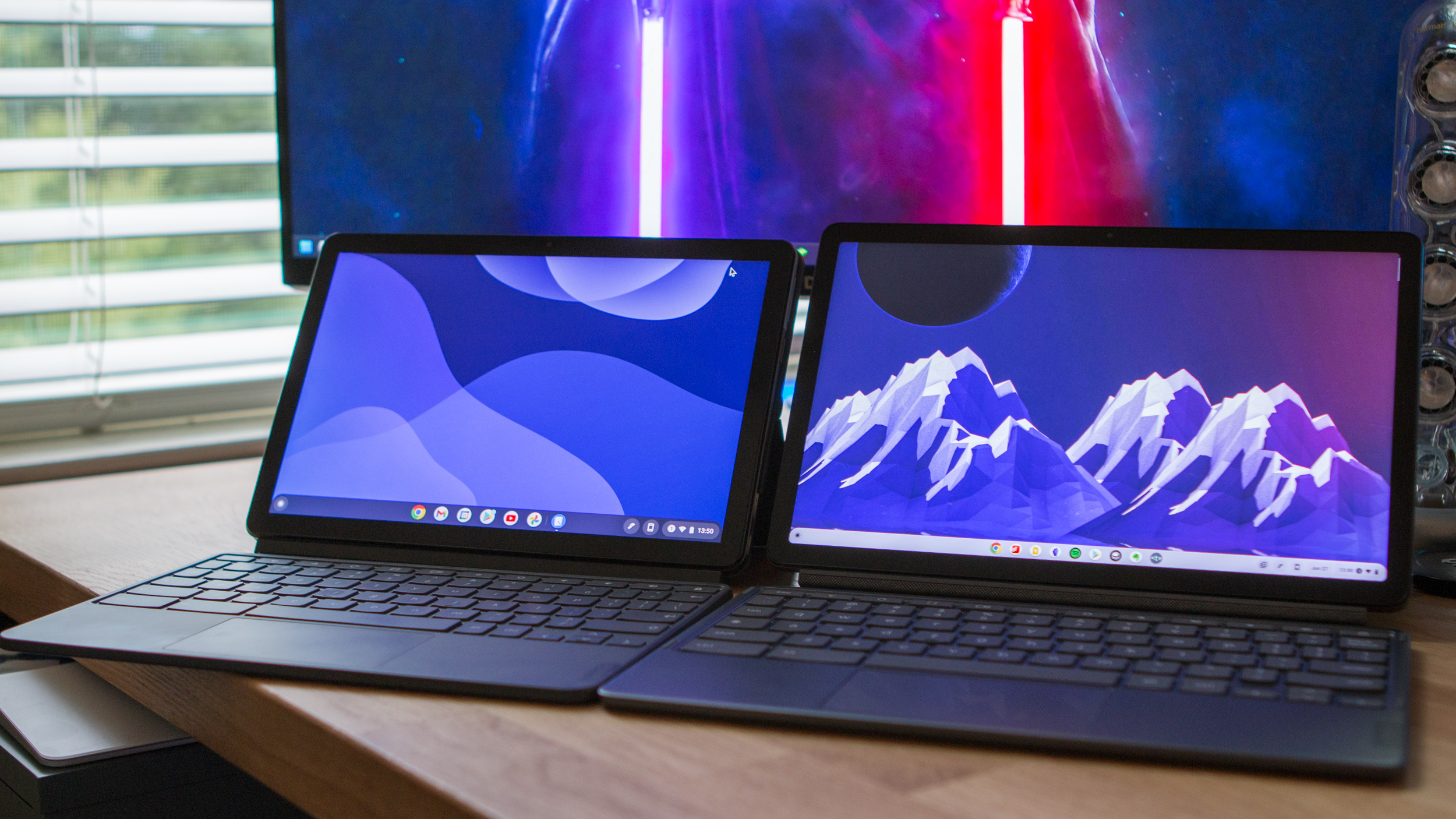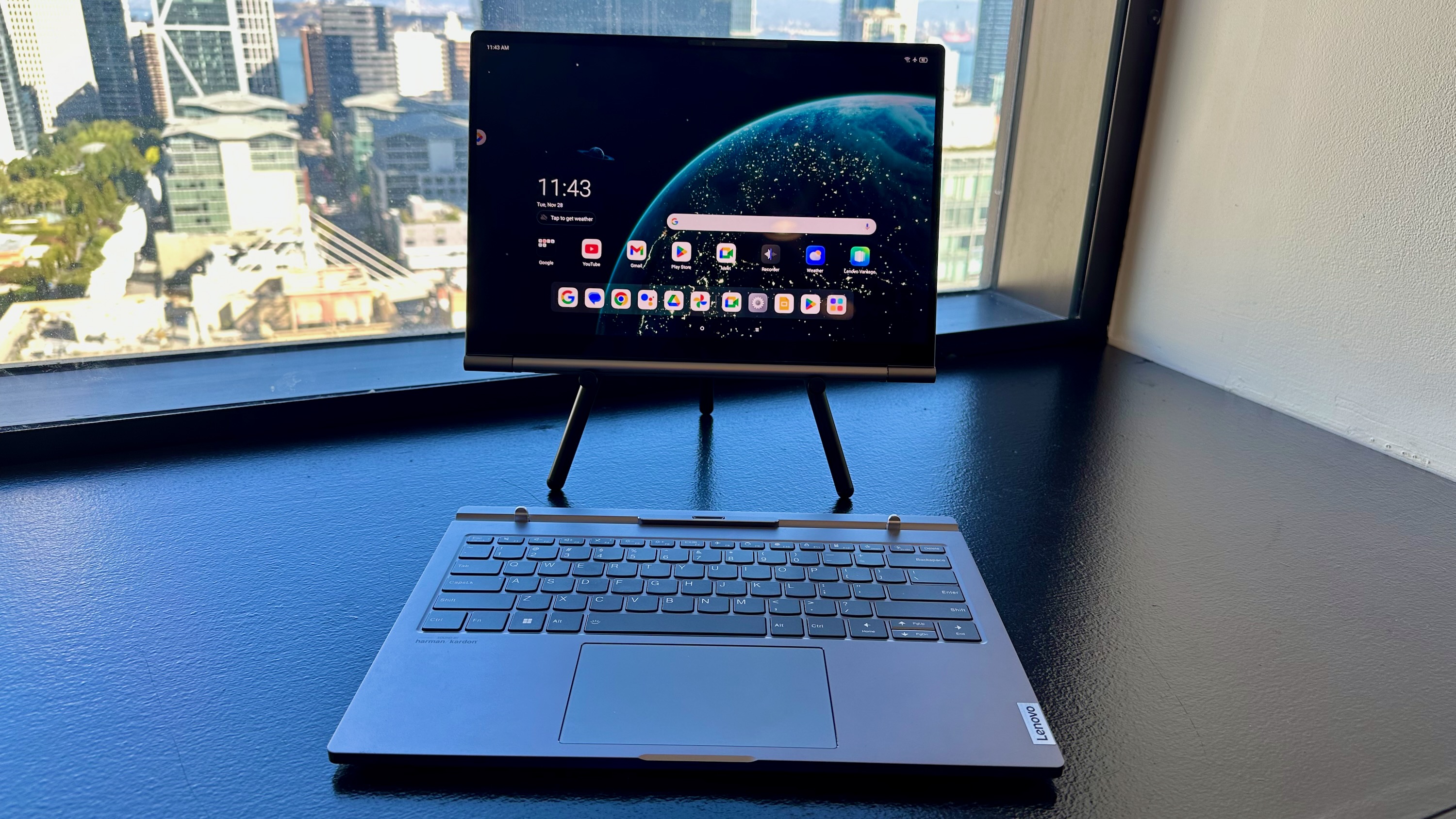

Beyond the Alphabet is a weekly column that focuses on the tech world both inside and out of the confines of Mountain View.
Every year, we're immediately inundated (and overwhelmed) with a slew of announcements that come courtesy of CES. Of the hundreds of announcements and device showcases, only a small number of them ever make it to the market. Usually, I try not to get my hopes up about the different products that are shown off, as I don't want to be let down when it's later revealed to be just a prototype.
However, Lenovo has been bucking that trend in recent years, and while there are a few things I'm looking forward to, there is one device that sticks out from the crowd. Lenovo introduced the ThinkBook Plus Gen 5 Hybrid, basically giving you a tablet with a detachable laptop keyboard. But, there's more to the story, as not only is this device running Android, but it's ALSO running Windows.

I mean, talk about the ultimate 2-in-1, giving you flexibility that you truly won't find anywhere else. This is achieved by integrating the Android hardware into the display, with all of the Windows hardware built into the keyboard deck. You can read more about it in our hands-on, but being able to switch between Android and Windows with the push of a button is just insane.
Of course, this got me thinking about how cool something like this would be to have for Android and ChromeOS. Yes, you can install Android apps on Chromebooks, but going the other way, many Android phones and tablets don't have a desktop-like experience. The obvious exception to this is the various Samsung phones and tablets that let you switch over to DeX mode when connected to an external display. Google is working on a similar experience, and who knows when, or even if, it'll ever actually show up. However, a feature like DeX makes an even more compelling argument for a device like this running Android.

Using an Android tablet isn't all that much of an issue if you have one with a smaller screen, similar to like what the Galaxy Tab A7 offers. But, it's a completely different story once you start using a tablet with a larger display, such as the 14.6-inch Galaxy Tab S9 Ultra. The Android interface just doesn't adapt very well when it comes to larger devices, leaving a bunch of empty and unused space.
However, DeX mode offers a desktop interface and frankly looks pretty darn similar to what you'll find on a Chromebook or Windows laptop. Not to mention that tablet mode on a convertible Chromebook ditches the desktop interface altogether, only presenting you with an app drawer view.
The tablet experience on ChromeOS isn't great, even if you get something like the Lenovo Duet 3 or Duet 5. It's even more cumbersome if you have one of the best Chromebooks with a convertible design, as the keyboard gets in the way. The ThinkBook Plus Gen 5 Hybrid solves the latter issue, as you'll just detach the screen from the keyboard and get a traditional tablet.

What keeps blowing my mind is that there are two different sets of internal hardware with this hybrid device from Lenovo. The tablet is powered by the Snapdragon 8+ Gen 1, paired with 12GB of RAM and 256GB of storage, and there's even a dedicated battery. When you want to switch over to Windows, you'll enjoy Intel's Core Ultra 7 SoC with 32GB of RAM, a 1TB SSD, and a discrete GPU.
One of the downsides to this approach is that the specs aren't shared between Windows and Android, which really shouldn't come as much of a surprise. It's two different systems built into a singular hybrid device, but it would've been incredible if somehow you could access files from one system when using the other, without having to switch. Baby steps.
The other downside is the more obvious one — price. Coming as little surprise, you're going to have to pony up some dough, as the ThinkBook Plus Gen 5 Hybrid will be priced at $1,999 when it hits the market. In the realm of laptops, that's a pretty steep price to pay, but, if you consider that this is both a rock-solid Android tablet AND an impressive Windows laptop, it's not that bad.

Admittedly, if there was going to be any company that would try and create a similar device, with ChromeOS instead of Windows, it would be Lenovo. I also won't be surprised if this is an avenue that has been explored, but it's probably just too expensive to turn into reality.
If such a device were to land amongst the best Chromebooks, it would probably have to be closer to the $999 mark. Unfortunately, we're probably at least a few years away from that being a viable option, not to mention that this might be just a "one-off" release for Lenovo with no other laptop makers following suit.







